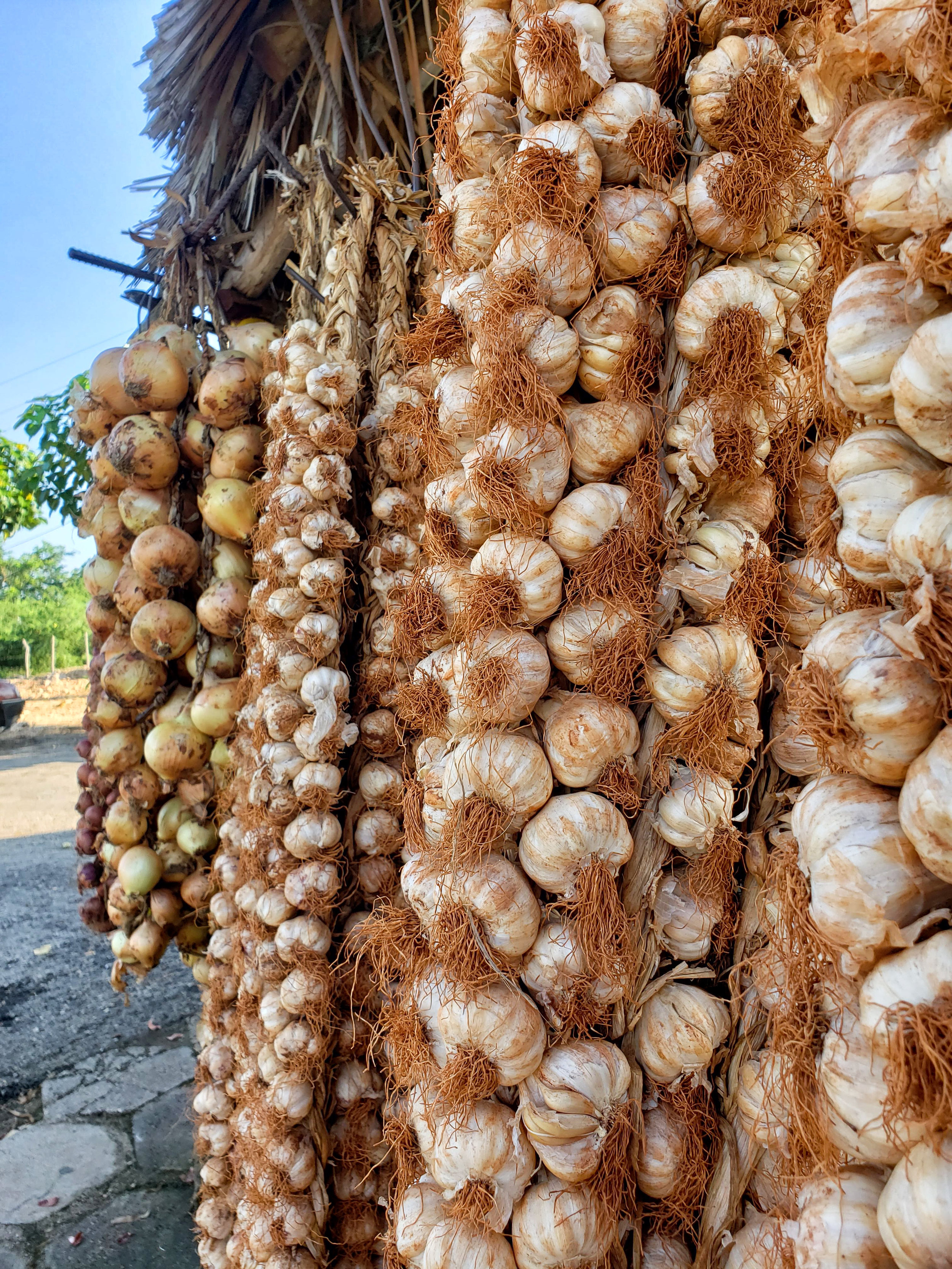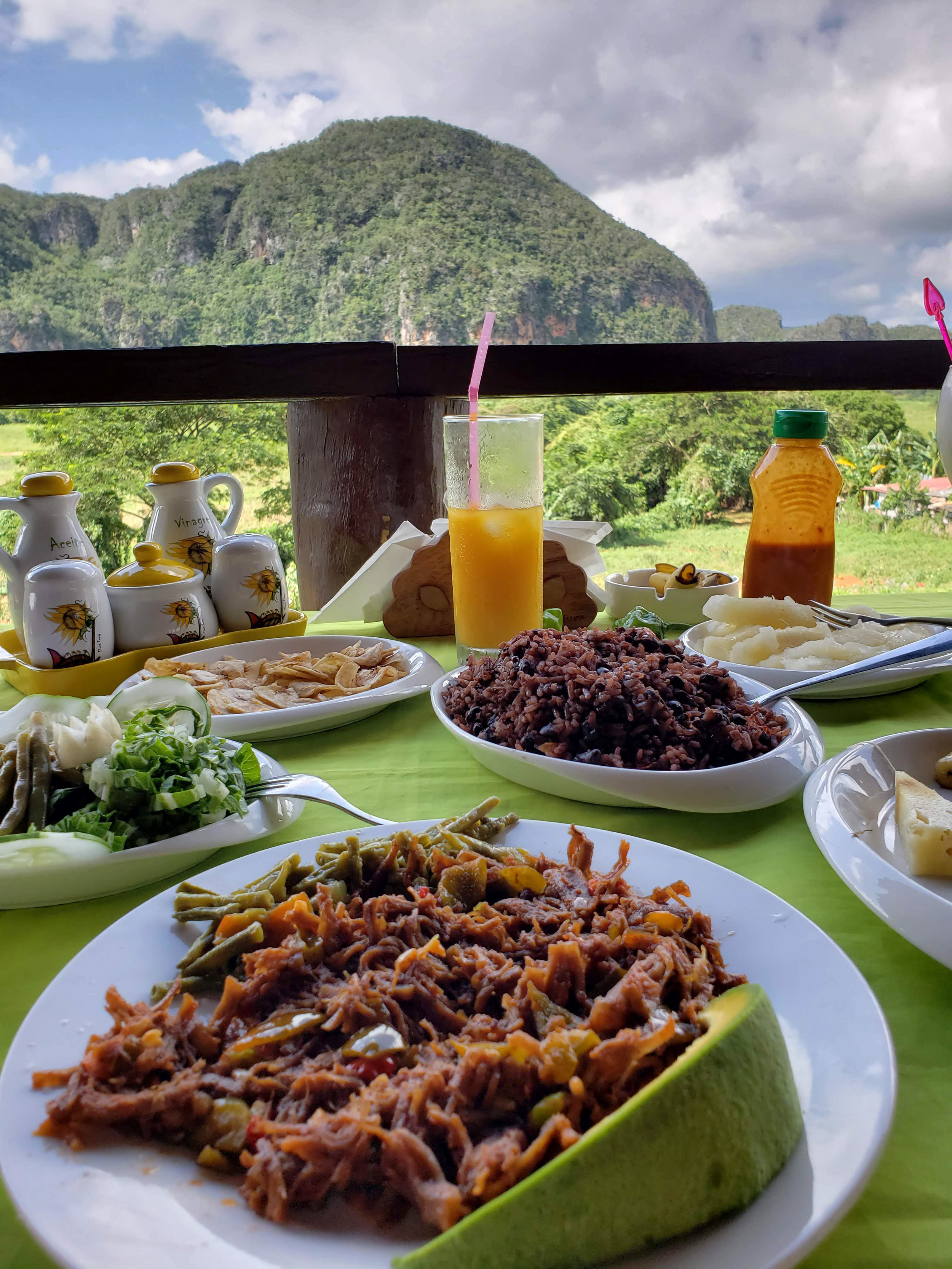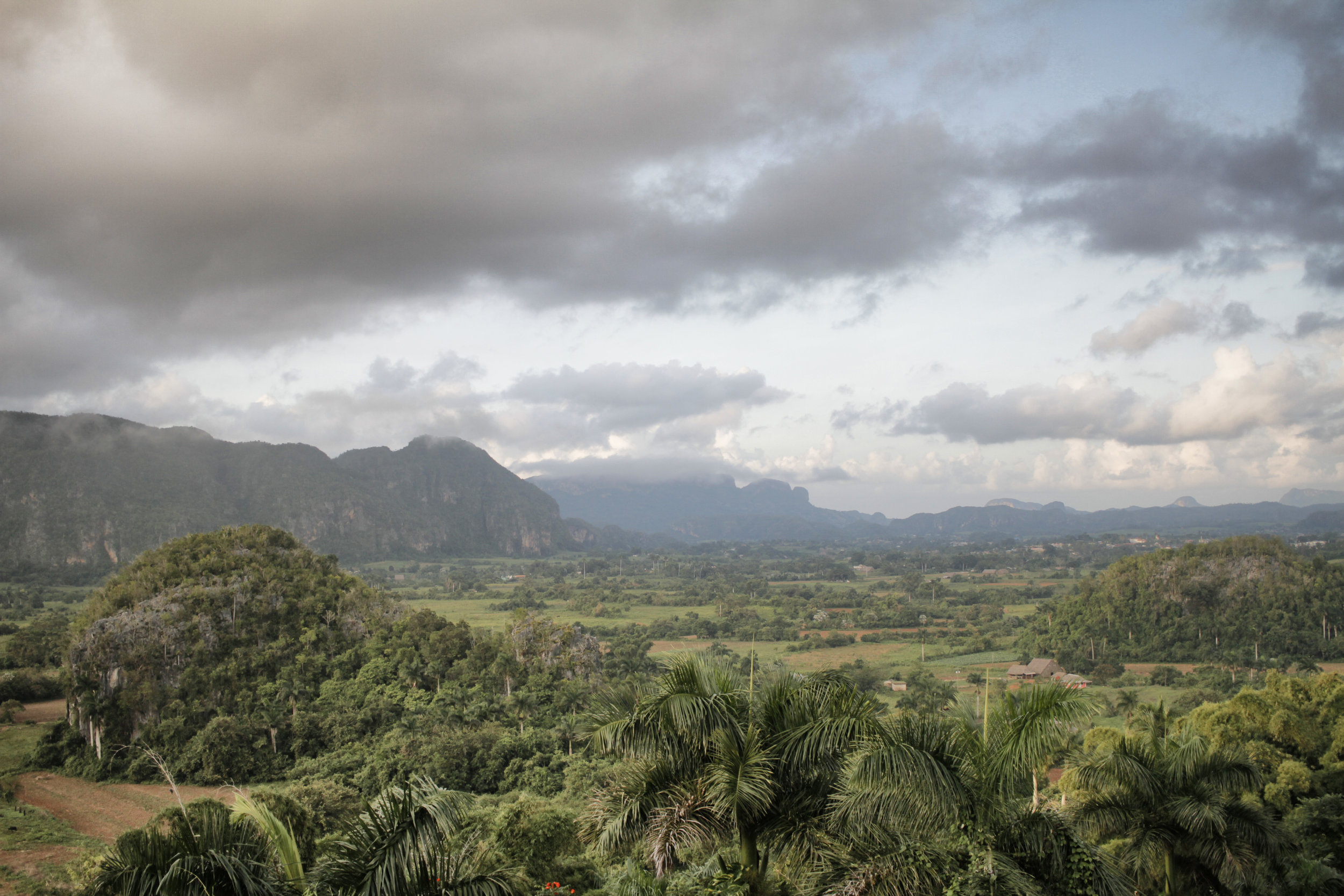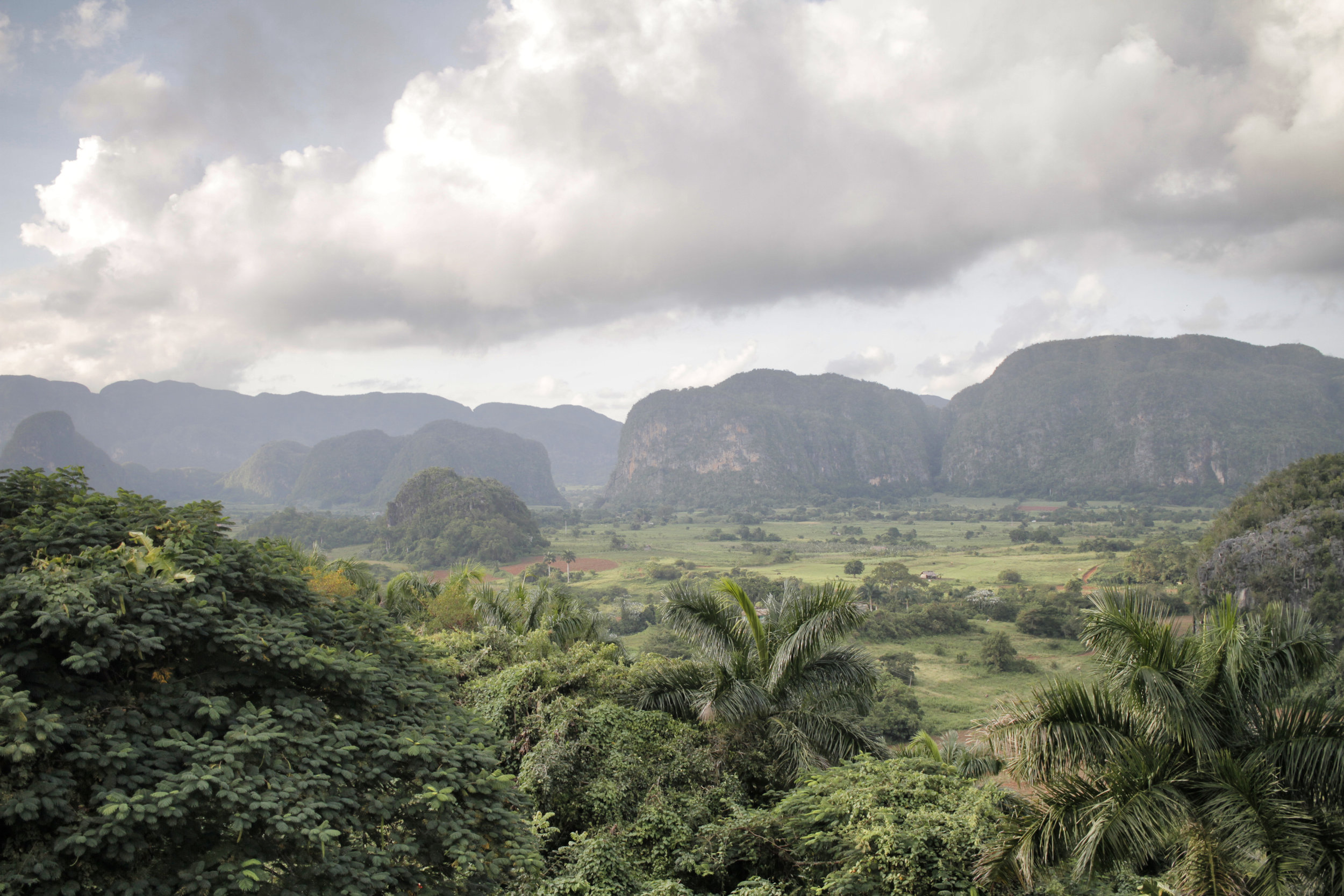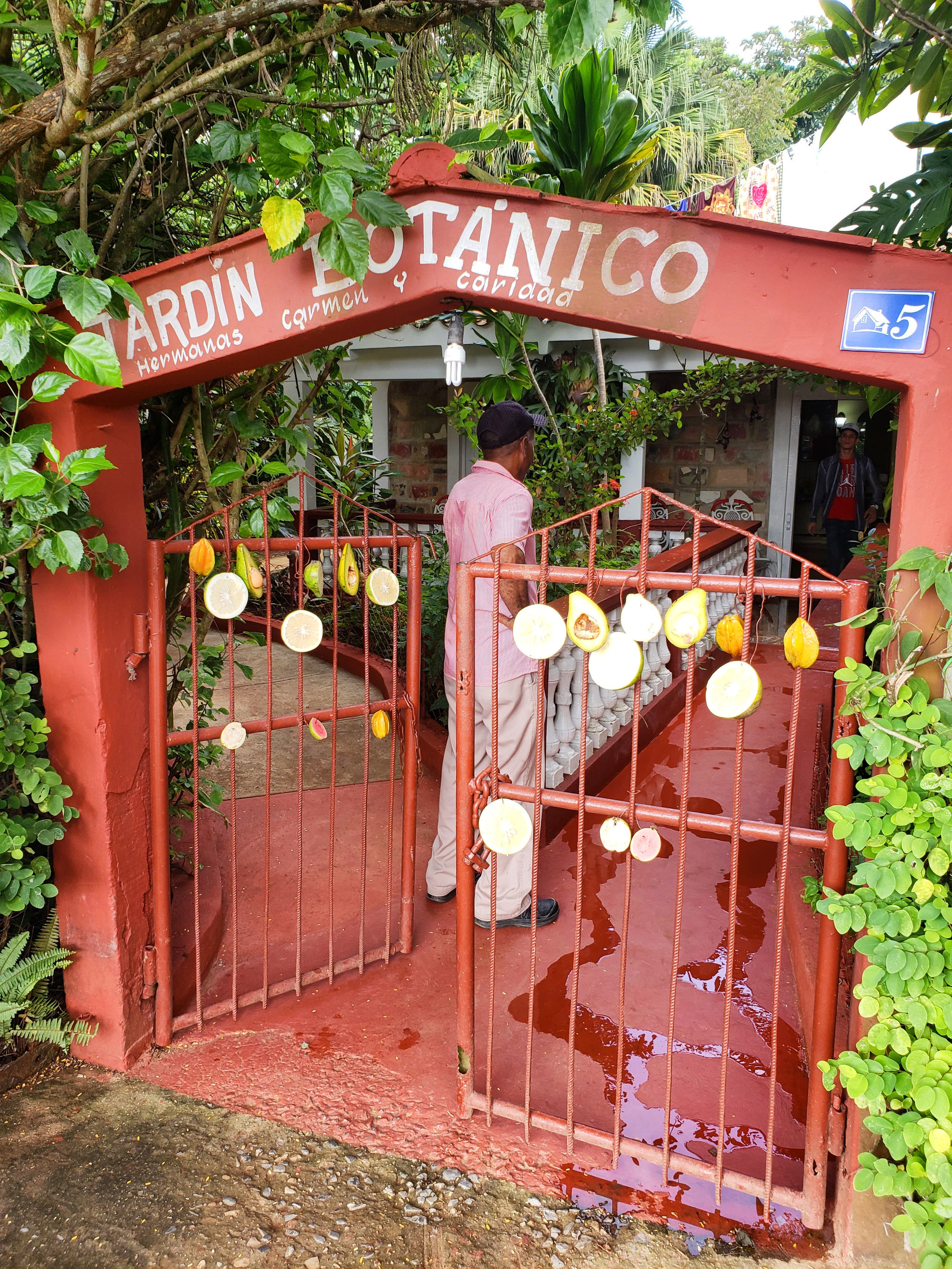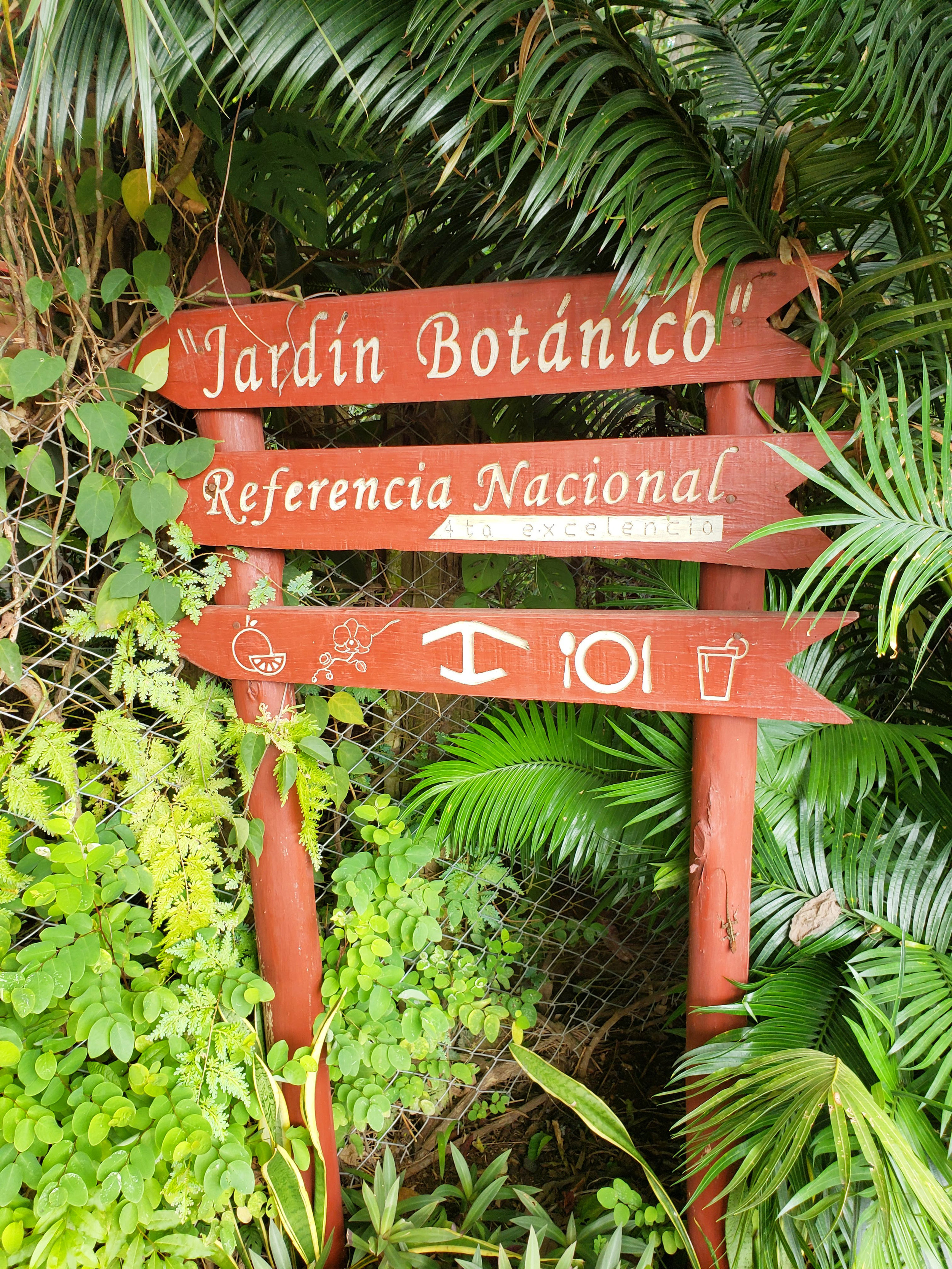Mogote Hills of Viñales Valley
Best things to do in Viñales Valley: discover Cuba’s slower pace of life with this travel guide.
Classic cars, rhythmic music and high quality cigars; that’s what Cuba is known for but it’s also a land with a difficult past.
Cuba’s original inhabitants were the Ciboney and Guanahatabey people, while a thousand years ago, the Taino people from Venezuela took over the island. In 1511, the Spanish defeated the Taino and claimed the land, forcing many into slave labor. Most died from diseases brought by the Europeans and overwork, so additional slaves were brought from Africa to help plant and harvest sugarcane.
American forces helped to drive the Spanish out of Cuba in 1898 and by 1902, Cuba had won independence, though the States had a strong influence over the island. In 1959, communist revolutionaries, led by Fidel Castro, took control. However, after ties between Cuba and the U.S. deteriorated, escalating tensions resulted in the Bay of Pigs invasion in 1961 and the Cuban missile crisis in 1962.
Despite a long-running U.S. trade embargo, serious economic hardship, a mass exodus of hundreds of thousands of Cubans and countless efforts for regime change, Fidel stayed in power until 2008 when he resigned, handing over power to his brother.
These days, Cuba feels somewhat brighter and its the small things like spiced rum, the game of dominoes and Cuban coffee that help distract from such a troubled past.
Contrary to what the cinema might have you believe, Viñales is the true gem of Cuba but not in the way you’d expect.
Viñales a small town west of Havana with a population of 27,000. It’s got green rolling valleys that are mostly used for farming fruit, vegetables, coffee and tobacco.
The region is known for steep limestone hills called mogotes that dot the landscape and gardens full of palms and orchids.
Main street gives small town vibes, lined with wooden houses and lively restaurants that energize the streets after dark.
After years of anticipation and weeks of detailed planning, our 10 days in Cuba began in its capital city of Old Havana where we’d experience historic colonial architecture, vibrant culture and its Spanish colonial port.
The cobblestone streets of Trinidad followed, with well-preserved colonial architecture, live music and salsa dancing and its proximity to nature; not to mention, Valley of the Sugar Mills.
Next, we chased waterfalls in Cienfuegos, and discovered its French colonial architecture and significance as an industrial and port city for products like sugarcane and coffee.
Finally, it was on to this stunning green gem, Viñales, for its mogote hills and gorgeous valleys.
Best Things to Do in Viñales
Travel / To Viñales from Cienfuegos via Havana
Honor / Cuban tradition & heritage
Explore / La Caverna de Santo Tomás
Appreciate / El Mural de la Prehistoria
Embrace / 360° views of Viñales Valley
Stroll / Through Jardín Botánico
Visit / A tobacco plantation
Sunbathe / At Cayo Jutía Beach
Best Things to Do in Viñales Valley
Travel to Viñales from Cienfuegos via Havana
From Cienfuegos, Viñales can be reached by taxi with a quick detour through Havana. Our final destination, Casa Jesus y Maria via Cuba Booking Room, was a modest $25 CUC ($25 USD) each night and sat just on the edge of town.
Tip / Make sure to use the correct Cuban currency. CUC or convertible peso, is not to be confused with the Cuban peso typically used by locals and worth a fraction of the convertible peso (about five cents on the U.S. dollar).
The two and a half hour drive was pleasant and our taxi driver was kind enough to stop off at a roadside vendor selling fresh fruits and veggies where we picked up some peppers to offer our new homestay.
Tip / Try using collectivos to travel between destinations if you’d like something a bit more comfortable than a public bus but less expensive than a private ride. A "colectivo" is a shared form of transportation, typically a taxi, that operates on set routes or between specific destinations for multiple passengers.
Honor Cuban Tradition & Heritage
Outside our homestay was an old Dodge that had been in the family for over 50 years. It previously belonged to the father of our host and had been passed down generations. The host, Jesus, even mentioned that he’d never been to Havana in all his life. It was too costly for him to travel just a few hours for leisure. I couldn’t believe it; he was charging us $50 USD each day to chauffeur us around the area but still couldn’t afford to take an afternoon off to see his capital city.
And for the most part, it was the same feeling throughout Cuba. So much money was exchanging hands but its people were still suffering, starving and doing without, trapped in debt. However, seeing so much pride in a place where people didn’t have much was truly touching.
After checking in, it was time to venture across the street for a bite to eat at Agroecological Sunset. The view from the restaurant was absolutely incredible, set against mogote hills covered in thick green plant life. Mogotes are common in Viñales, and described as generally isolated steep-sided hills found in the tropics and composed of either limestone, dolomite or marble. They are rounded, tower-like in form and surrounded by flat plains and offered the perfect backdrop for lunch.
To eat, the obvious choice of ropa vieja, one of Cuba’s national dishes although originating in Spain, along with brown rice, veggies, mango juice and a piña colada. Ropa vieja is a classic and beloved Cuban national dish made of shredded beef, typically flank or skirt steak, and slow-cooked in a flavorful tomato-based sauce with ingredients like onions, bell peppers, garlic, cumin and oregano.
The meal was quite tasty but a bit salty.
Explore la Caverna de Santo Tomás
After lunch, we were off to explore some underground caves in the old Dodge. In Viñales, there are a number of underground caves, the largest and most important cave system found on the Caribbean island of Cuba being la Caverna de Santo Tomás, located about 10 miles west of town.
Declared a Cuban National Monument in 1989, Caverna del Moncada or Gran Caverna de Santo Tomás, boasts 25 miles of galleries on eight levels with just over half a mile accessible to its visitors. A very much worthwhile 90-minute guided tour can be arranged with a speleologist, or person who studies caves, but just make sure to arrive before closing time as there are no artificial lights in the cave and it gets incredibly dark as the sun begins to set.
Inside, the ground was wet and slippery and even dangerously steep at certain points. Without artificial lighting, it was tough to see at times but headlamps provided some assistance. Our guide stayed close and stopped every so often to help us cross over an underground pool of water or explain certain formations, like stalactites, icicle-like structures hanging from the ceiling formed of calcium salts deposited by dripping water.
Bats could also be seen inside the caves, along with a variety of beautifully shaped rock formations that seemed to crack open, revealing lush plant life and cloudy skies.
Appreciate el Mural de la Prehistoria
After climbing out of the caves, we emerged back into daylight. On our way through Valle de Viñales, we passed by Mural de la Prehistoria (Mural of Prehistory). A public art piece designed in 1961 by Leovigildo González Morillo, one of Diego Rivera’s disciples, reaches nearly 400 feet long. It sits at the foot of the Sierra de Viñales, the highest part of the Sierra de los Órganos and took 18 people four years to complete.
The mural is composed of a giant snail, dinosaurs, sea monsters and human beings, representing the Guanahatabeyes Indians, among others. The group of characters depicts the theory of evolution, showing forms of life that inhabited the area in days past.
If you’re interested in getting a bit closer, visitors can enter for a fee of $3 CUC ($3 USD) but it’s not necessary as you can view the mural from a distance.
Embrace 360° Views of Viñales Valley
Before the sun began to set, we were invited to take in views of the valley below from Hotel Horizontes Los Jazmines. The pastel pink hotel wasn’t very impressive itself but the views from above were absolutely breathtaking. If you’re interested, you can pay a small fee to enter the hotel pool and bar area but it’s not necessary to experience the mirador itself.
Most notably, the valley below is littered with mogote hills and lush palm trees. The mogotes were originally formed about 160 million years ago by Jurassic-era erosion. The hills look quite surreal as they stand isolated in the valley, surrounded by such flat land, almost as if they’d fallen right out of the sky. Huge puffy clouds moved quickly through the valley, changing shape and allowing the warm sun to peak through here and there.
At the bottom of the valley, tobacco and other crops are cultivated, mostly by traditional agricultural techniques that have been used for centuries. It’s these techniques that allegedly make for higher quality tobacco than if mechanical methods were used. A number of small farms and villages also spread across the valley, having been there since the time of the conquistadors, maintaining the language of colonial era architecture. It was a mix of Spanish colonizers, African slaves and indigenous peoples who influenced culture in the area.
Viñales is a new(ish) tourist destination offering hiking and rock climbing which has gained popularity in recent years. Some of the limestone mounds rising from the bottom of the valley can reach 1,000 feet high with new routes discovered regularly. The most frequently photographed mogotes are known as the Mogote Dos Hermanas or Mogote Two Sisters, two enormous rocks standing in direct view, having survived millions of years of weathering.
In 1999, Viñales Valley was added to the UNESCO World Heritage List not only due to the special characteristics of the landscape but also the traditional tobacco-growing techniques used in farming. Still to this day, land is farmed by hand using ploughs with the help of horses. It’s these traditional practices paired with the slow pace of life that really make Viñales feel as if you’ve stepped back in time.
Even back at the homestay, rich green plant life surrounded the landscape as far as the eye could see.
Another gorgeous day in Viñales called for a hearty breakfast of fresh fruit, hot cakes, eggs, toast, juice and coffee. Truly, I could get used to dining out on this charming little patio each morning.
Lizards included.
Stroll Through Jardín Botánico
First on the agenda today was a stroll through the Jardín Botánico de Viñales, a compact botanical garden set right in the center of town.
Keep your eyes peeled as it’s small and unassuming. Entry is free with a donation.
As a guest, you’ll receive a guided tour through the modest gardens which are filled with all kinds of Cuban plants including trees, flowers and tropical fruit.
I particularly loved the vibrant colors of the flowers, especially the orchids.
Visit a Tobacco Plantation
As we all may know, Cuba produces some of the best cigars in the world and I was even tasked by my previous employer to return with a box of Montecristo No. 2’s, which I learned referenced the size of the cigar. And although Cuba takes the culture surrounding its cigars very seriously, I was more interested in seeing the humble beginnings of these prized possessions.
All around Viñales Valley you can see where the story begins, with cultivation of the tobacco leaves. These tobacco plantations add rich color to the landscape and spread across farms in the Pinar del Rio province. For cigar lovers, this is the ultimate privilege but even if cigars aren’t your thing, visiting the tobacco fields will still be an interesting experience.
For a small fee, you can enter one of these tobacco plantations and receive a personalized tour. Our guide selected a local family who was happy to teach us the basics. We entered a simple structure located on the farm and waited for our lesson to begin, shrouded in darkness as if we were about to discover a long lost secret.
As it turns out, growing tobacco is an incredibly delicate and time consuming process. Even the seeds are controlled by one of four tobacco research stations in Cuba. After months of careful watch and care, the plants are ready for harvest.
The tobacco plant has three different types of leaves depending on their position and how much sunlight they receive during cultivation. The characteristics of the leaves differ depending upon the location on the plant - top, middle or bottom - and each leaf is sorted accordingly.
The three main types of leaves are ligero, seco and volado. Ligero is the strongest tobacco which gives the cigar the strength of flavor and is located at the top of the plant. Seco is of medium strength and particularly important for the aroma. And volado is the least vigorous, located on the lower portion of the plant and mostly appreciated for its function as a binder and its combustibility.
When the time comes, leaves of the tobacco plant are harvested by hand, with only two to three leaves removed at a time. Starting from the bottom up, there must be a few days between each harvesting step to allow the remaining leaves to develop fully. A complete harvest of a single plant takes about 30 days.
After harvest, the leaves are dried and then delivered to factories for further processing. Ultimately, each cigar is stamped with the official seal of authenticity and then sold in certified government shops, unless you skip the middle man and go directly to one of these plantations where you can purchase them directly. I suppose the only difference is that you may not know which type of cigar you’re getting without the formalities but you could potentially save hundreds.
After demonstrating how tobacco leaves are rolled, the guide offered up a smoke on the house. At the time, I was not interested as I don’t smoke but looking back I’m really kicking myself for skipping out on such a rare experience.
For reference, a box of 25 Montecristo No. 2’s might cost about $200-$250 USD in Cuba, while in the States that same box could range from $500-$1,000 or more.
Sunbathe at Cayo Jutía Beach
With its crystal blue waters and white sandy beaches, Cayo Jutía is about an hour from Viñales Valley on the Caribbean Sea. Pass over miles and miles of long bumpy roads to reach this gorgeous destination, one of the main keys that make up the Los Colorados archipelago, located on the northern coast of the Pinar del Río province.
Tip / Caution, if you’re taking an old classic car out to this beach be warned that for the most part they run on diesel engines and the fumes alone may be nauseating due to the slow speeds taken over the extremely bumpy roads.
Almost deserted, the shallow waters and mangroves offered the perfect end to an already incredible day.
Tip / If you’re looking for a bite to eat, visit the restaurant located beachside.
In the morning, we feasted on one last Cuban breakfast of meats and cheese, cookies and cakes, breads and fresh fruit.
With that, our time in Cuba came to an end. A country not at all what I expected but surprisingly special nonetheless. My only hope is that its people find health, happiness and prosperity.



